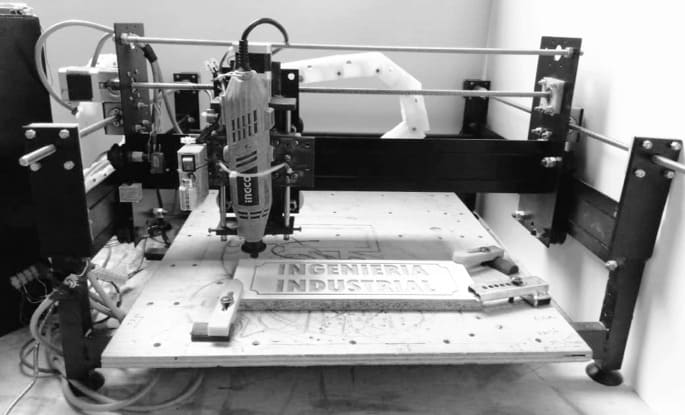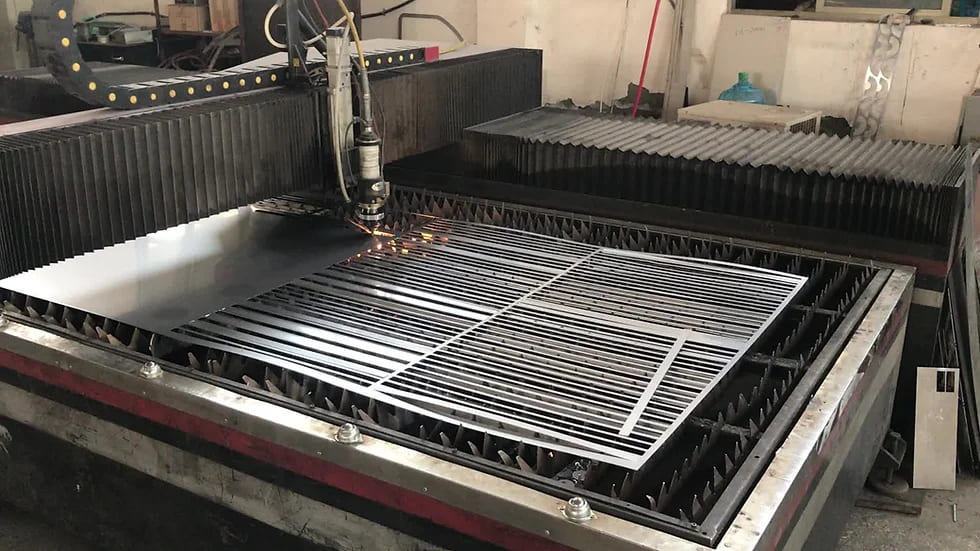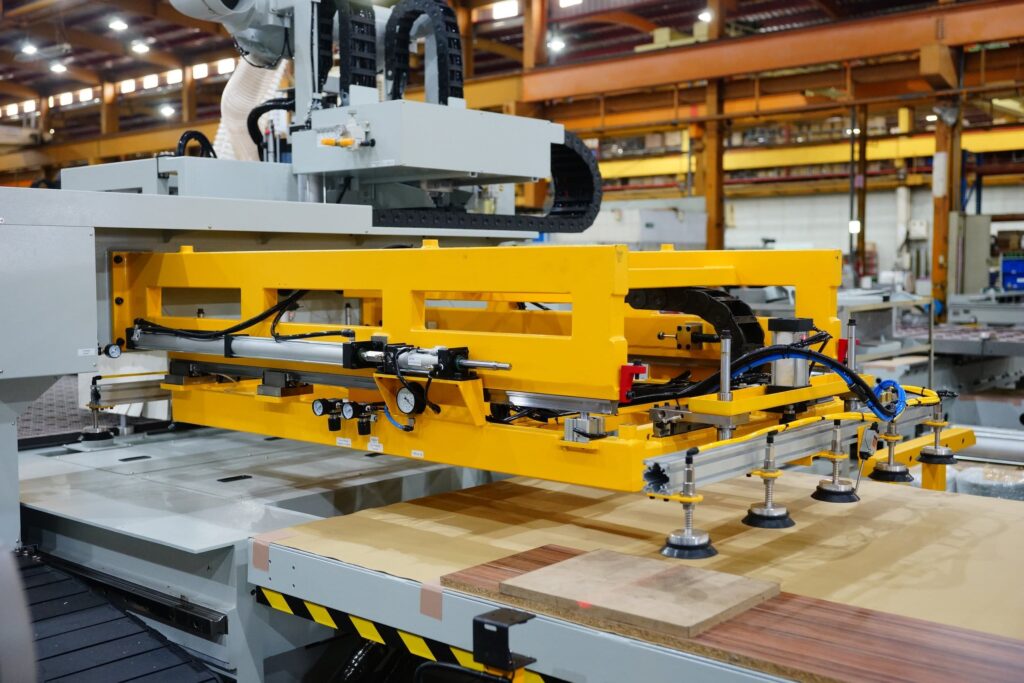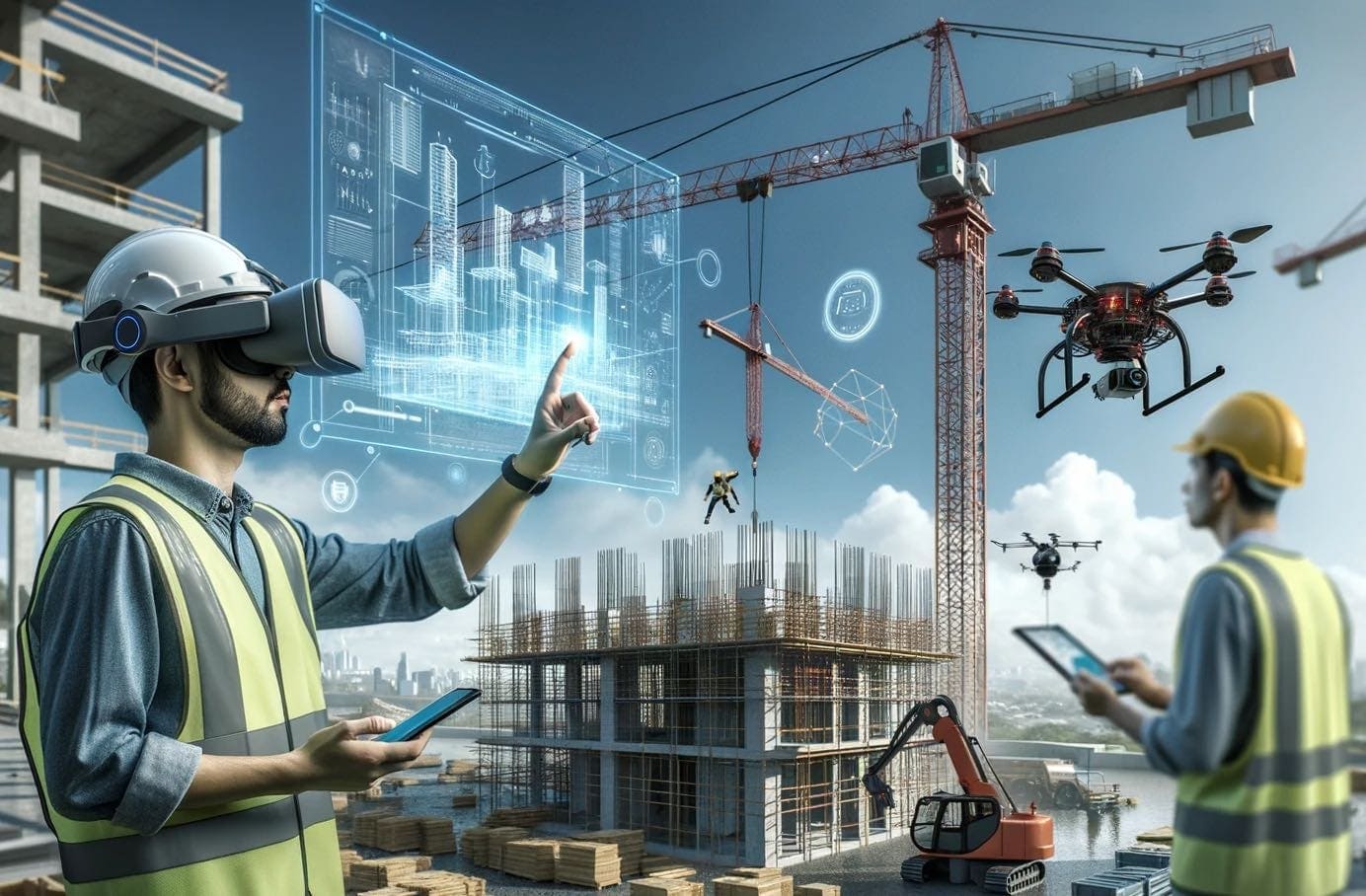Introduction to construction industry CNC machining
The construction industry has always been a traditional labor-intensive industry. However, with the introduction of construction industry CNC machining, the construction industry is also undergoing an important transformation. This technology, with its high precision, high speed and flexibility, is changing the way buildings are designed and constructed. This article will explore in depth the application and advantages of construction industry CNC machining.
1.Application of construction industry CNC machining
(i) Prefabrication
CNC machine tools play an important role in the field of prefabrication. By precisely cutting and shaping materials, accurate and consistent components that can be easily assembled on site can be produced. This not only improves production efficiency, but also ensures the quality of components.
(ii) Concrete formwork
The precision and accuracy of CNC machine tools make it possible to create concrete formwork with complex curved shapes, which is difficult to achieve with traditional methods. This technology provides more possibilities for architectural design.

(iii) Architectural features
CNC machine tools are often used to make complex and decorative architectural features such as decorative lines, exterior walls and cladding. Through programming, complex shapes and patterns can be produced, showing the creativity of architects and designers.
(iv) Structural steel manufacturing
Used to manufacture structural steel components such as beams, columns and hangers. High-precision cutting, drilling and milling ensure that components fit perfectly and reduce the need for on-site modifications.
(v) 3D printing
As an emerging technology, 3D printing has developed rapidly in the construction industry. It is particularly suitable for creating complex shapes and structures, bringing new breakthroughs to architectural design.
2.Benefits of construction industry CNC machining
(I) Precision and accuracy
CNC machines can produce highly precise and accurate surfaces, shapes and parts with the help of computer-aided design (CAD) and computer-aided manufacturing (CAM) technologies. This ensures that the parts and components produced are of consistent quality, which is essential for building safe buildings. At the same time, it reduces the need for manual rework, saving time and costs.
(II) Speed and efficiency
CNC machine tools are extremely efficient and can produce a large number of parts and components in a short period of time. It speeds up the speed of building assembly and completes projects faster. It reduces construction costs and improves profitability.
(III) Reduced labor costs
construction industry CNC machining reduces the need for manual labor. By automating the cutting, forming and processing of building components, it reduces construction costs and improves the economic benefits of the project.
(IV) Customization and flexibility
CNC machine tools can be programmed to create components of various shapes, sizes and surface treatments, providing greater customization and flexibility for construction projects. It enables architects and engineers to create unique designs.

3.Challenges of construction industry CNC machining
(i) High initial investment
CNC machines are expensive and require a large amount of capital investment to purchase and install. This is a challenge for small construction companies, and only large companies can afford it.
(ii) Skilled operators and technicians are required
Operating and maintaining CNC machines requires training and expertise, which can be costly and difficult to obtain. The limited number of skilled operators and technicians increases the difficulty of recruitment.
(iii) Machine size and scale limitations
The size and weight of CNC machines can make them difficult to transport to construction sites, especially in remote areas. In addition, some machines have limitations in the size and scale of materials that can be processed, affecting their application in large construction projects.
(iv) Compatibility with traditional construction practices
Traditional construction practices and processes are deeply rooted in the construction industry, and some projects may still require traditional methods. This limits the use of CNC machines in certain construction projects.

4.The future of construction industry CNC machining
(i) Automation and reduced labor costs
With technological advances, many aspects of the construction process can be automated through CNC machine tools, reducing labor costs, improving efficiency, shortening construction time, and reducing project costs.
(ii) Advances in additive manufacturing and 3D printing technologies
These technologies can quickly and accurately create complex structures while reducing costs. Reduce the amount of materials used in construction and achieve more sustainable construction practices.
(iii) Increased collaboration with other technologies
The integration of CNC machine tools with other technologies such as drones and sensors opens up new possibilities. Drones can be used for site surveys, and sensors can be used to monitor the construction process, improving the accuracy and speed of construction and improving cost-effectiveness.
(iv) Potential for sustainable construction practices
construction industry CNC machining can reduce waste, improve precision, and reduce the carbon footprint of construction projects. CNC machine tools will play an important role in the context of construction companies’ increasing focus on sustainable practices.
Finally
CNC machining technology in the construction industry has great potential in the construction industry. It brings many benefits to the construction industry with its high precision, high speed and flexibility. With the continuous advancement of technology, construction industry CNC machining will play a more important role in the future construction industry, leading the construction industry to a more efficient and sustainable development path.
